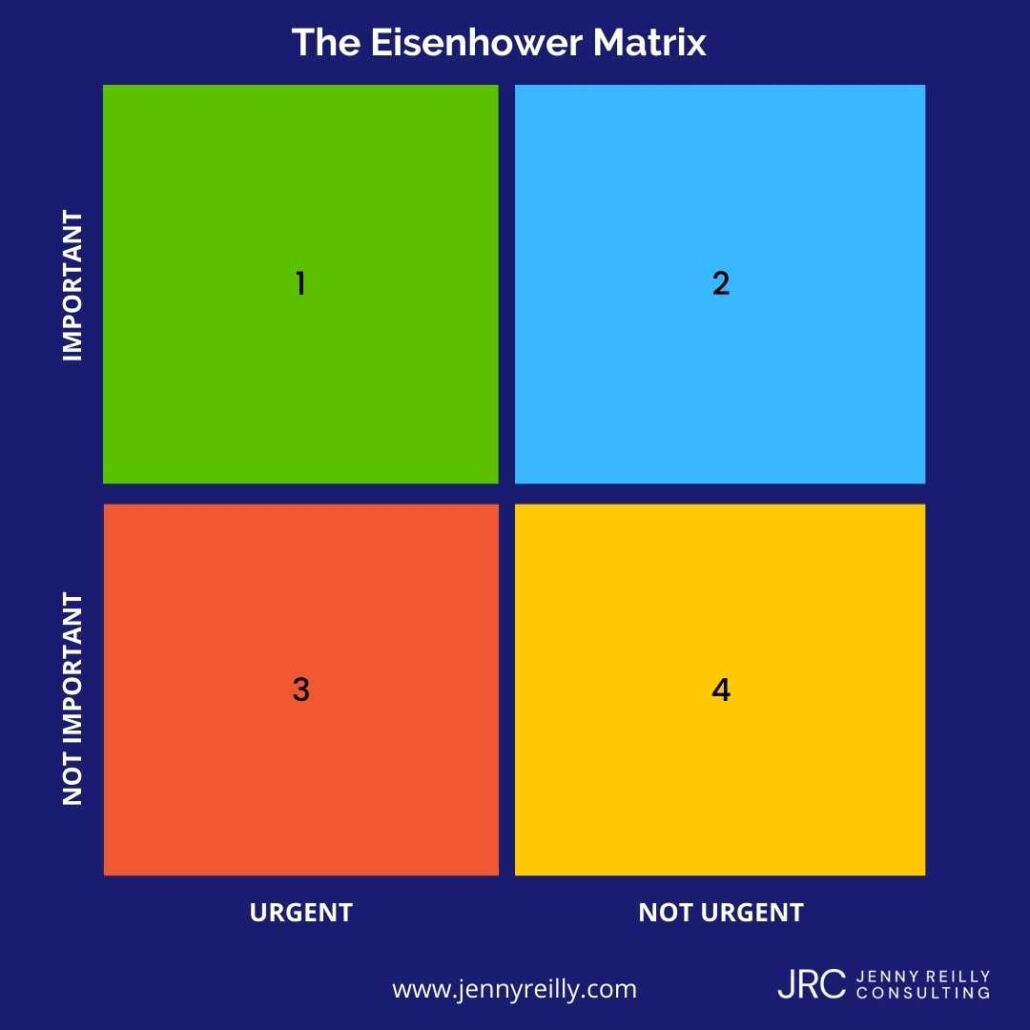Sustained Momentum In Your Leadership Role
Passing the mid-year mark can often leave leaders feeling fatigued and needing revitalization. By investing in your personal growth and well-being, you can continue to excel as a leader and inspire those around you. Here are some effective strategies to re-energize yourself and maintain a high level of momentum in your leadership role:
Strategies To Sustain Momentum In Your Leadership Role
1. Reflect on Successes: Take a moment to celebrate achievements and milestones reached since January. Recognizing your accomplishments will boost morale and provide motivation for the months ahead.
2. Review your Goals: Reassess your objectives for the rest of the year. Break them down into smaller, achievable milestones, and track progress regularly. Having clear goals will keep you focused and driven.
3. Take time Off: If you have not already, plan a vacation or staycation to recharge and disconnect from work. Time away from the office can help you return with renewed energy and a fresh perspective.
4. Develop New Skills: Identify areas where you’d like to grow professionally and seek opportunities to develop those skills. Learning and personal growth can reignite your passion for your role.
5. Foster a Positive Work Culture: Coordinate a fun activity with your colleagues. Cultivate a positive and supportive work environment for yourself and your team. Encourage open communication, collaboration, and a healthy work-life balance.
6. Practice Self-Care: Make self-care a priority. Engage in activities that bring you joy and relaxation, such as exercise, meditation, hobbies, or spending quality time with loved ones.
7. Connect with Others: Network and engage with industry or leadership community peers. Sharing experiences and ideas can invigorate your enthusiasm for your role.
8. Seek Inspiration: Read books, listen to podcasts, or attend seminars by inspirational leaders. Their stories and insights can motivate you to overcome challenges and strive for greatness.
Remember that maintaining momentum is an ongoing process, and finding a balance between pushing yourself and taking care of your well-being is essential.
If you have any questions about these strategies for sustained momentum or want to learn more about the powerful benefits of executive coaching to elevate your leadership success, please reach out to askme@jennyreilly.com and book a complimentary 30-minute strategy session. If you want monthly leadership tips, sign up for my JRC newsletter.





